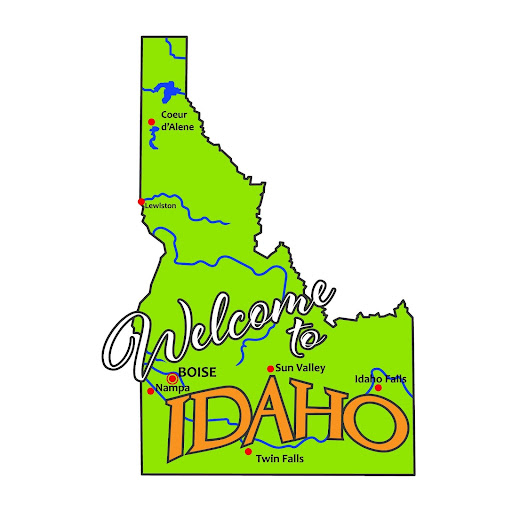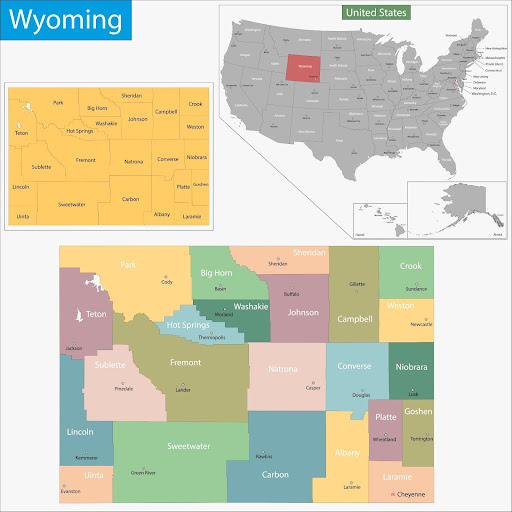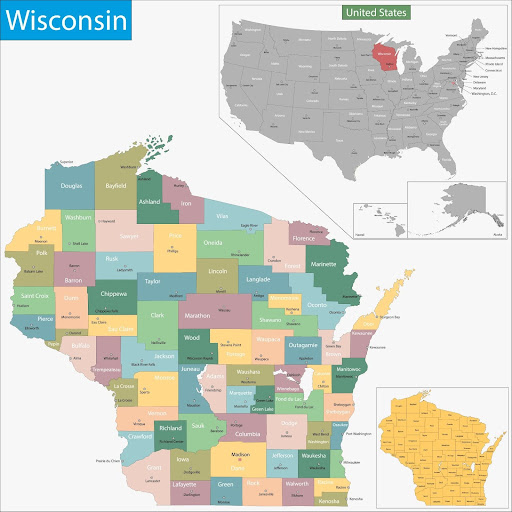Table of Contents
Idaho’s wildfire landscape is diverse, with dense pine forests in the north, sagebrush rangelands in the south, and expansive wilderness areas in the center. For fire investigators, that means every incident is different. You could be analyzing a lightning strike in the backcountry one day and tracking an escaped burn in the Boise foothills the next. With a mix of federal, state, tribal, and local jurisdictions all playing a role, precision and strong agency coordination are key.
This guide breaks down the landscape for wildland fire resources in Idaho, from who to call, to where to train, to what seasonal trends shape the state’s fire behavior.
Explore our wildland firefighting resources guide for deeper info.
Live Incident Updates & Maps
When active fire is unfolding in remote or diverse landscapes, responders and dispatchers need real-time data. Monitor wildfire activity across Idaho with this live tool:
State Overview
Idaho’s elevation, vegetation, and climate shift dramatically across the state:
- Northern Idaho: Dense forests with deep duff and thick fuels. Fires tend to smolder and resist control.
- Central Idaho: Steep, rugged wilderness, home to frequent lightning fires. Access is limited, and suppression is often aerial or remote crew-based.
- Southern Idaho: Fine, flashy fuels dominate. Grass and brush fires spread rapidly under windy conditions.
- Wildland-Urban Interface (WUI): WUI areas continue to grow, particularly around Boise, Coeur d’Alene, and Sun Valley, increasing ignition risks and investigation complexity.
Wildfire Season Timeline
Idaho’s fire season typically spans June through September, but shoulder seasons are lengthening.
- June: Fuels begin to cure. Agricultural and equipment-related fires are common.
- July–August: Peak fire season. Thunderstorms bring dry lightning and red flag conditions.
- September: Cooler nights, but lingering dry fuels can still support active fire. Fires may become more human-caused.
Key State Agencies Involved
Local Wildland Firefighting Resources
Idaho’s suppression force is a hybrid of state and local responders, backed by elite federal resources.
List of Local/State/Federal Fire Response Agencies
- IDL Fire Crews: Rapid initial attack across state lands with Type 3 engines, dozers, and contract crews.
- BLM Idaho: Employs ~500 fire staff and resources, including air tankers and Type 1 crews.
- USFS Fire Units: Active in national forests, including hotshot and helitack crews.
- Smokejumpers: Based in McCall and Boise, parachuting into inaccessible fires statewide.
- Local Fire Departments: Many VFDs handle WUI fire response with brush trucks and slip-on units.
- Tribal Fire Agencies: Fully certified and often deploy regionally or nationally.
Contact Numbers and Emergency Links
- To Report a Wildfire: Dial 911
- IDL Fire Management: idl.idaho.gov/fire-management
- BLM Fire & Aviation - Idaho: blm.gov/fire/idaho
- National Interagency Fire Center: nifc.gov
- InciWeb: inciweb.nwcg.gov
Training & Volunteering
Idaho offers various training programs and volunteer opportunities for those interested in wildland fire management.
NWCG-Approved Academies and Centers
Volunteer and Seasonal Training Opportunities
- IDL Fire Training Program: Trains loggers, foresters, and industrial forestland owners to fight fire safely on their own land.
- loggers, industrial forestland owners and foresters, providing access to training resources that qualifies them to safely fight fire on their own land within areas where IDL provides fire protection.
- Local VFDs: Provide training in wildland tactics and often partner with IDL on seasonal deployments.
- Student Conservation Association & AmeriCorps: Recruit, train, and field seasonal mitigation and suppression teams, especially in remote areas.
Stay Informed on Idaho’s Wildland Fire Landscape
Fires in Idaho don’t follow a single script. A fast-moving grassfire in the Magic Valley has little in common with a long-smoldering duff burn in the panhandle. But both demand swift response and sharp investigation.
To stay sharp, stay connected. Monitor IDL and NIFC dispatch updates. Train regularly through NWCG academies. Build field relationships across agencies and know the policies, land designations, and fuels before you step on the scene.
FAQs
How do I report a wildfire in Idaho?
Call 911 immediately. For agency updates, visit idl.idaho.gov/fire-management.
Who investigates wildfires in Idaho?
IDL investigates fires on state and private lands. The USFS and BLM handle federal incidents. Tribal and local authorities may lead or assist depending on jurisdiction.
Can I conduct a controlled burn in Idaho?
Yes, but a permit is often required. Contact your local IDL office or county fire warden. Restrictions apply during red flag warnings or regional fire bans.










